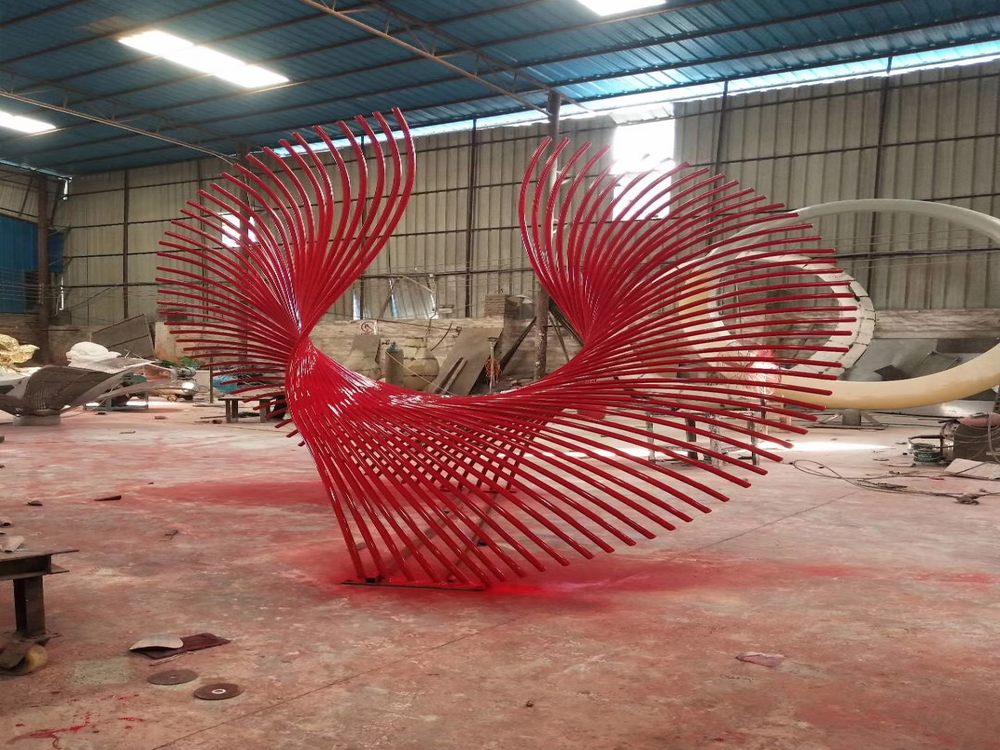
Selecting the ideal stone for a sculpture is a nuanced process that blends artistry, practicality, and technical knowledge. Artists consider multiple factors to ensure their vision aligns with the material's properties.
First, durability plays a crucial role. Hard stones like granite withstand outdoor elements, making them perfect for public installations, while softer stones like limestone suit intricate indoor pieces. The stone's hardness also determines the tools and techniques required, influencing the project's timeline and complexity.
Texture and color are equally important. Marble’s fine grain allows for delicate details, whereas rough-textured sandstone creates bold, rustic effects. Artists often visit quarries to handpick stones, examining veining patterns and hues that complement their design.
The stone’s workability affects the sculpting process. Some artists prefer easily carvable alabaster for spontaneous creations, while others opt for challenging basalt to achieve striking, polished finishes. Budget and availability also guide decisions, as rare stones may require sourcing from specific regions.
Ultimately, the choice reflects the artist’s intent—whether prioritizing longevity, aesthetic appeal, or expressive potential. By understanding these factors, sculptors transform raw stone into timeless masterpieces.

